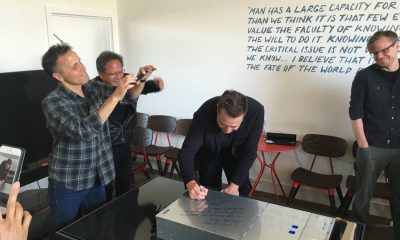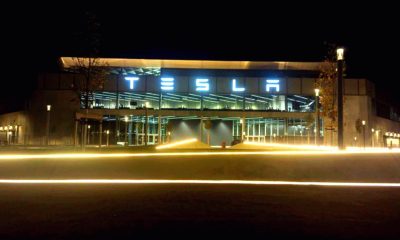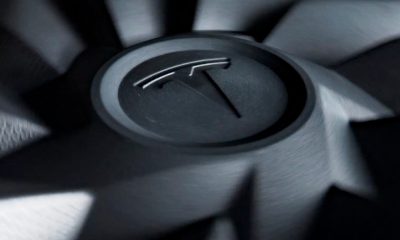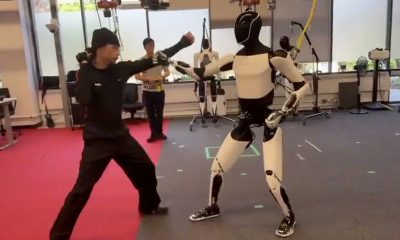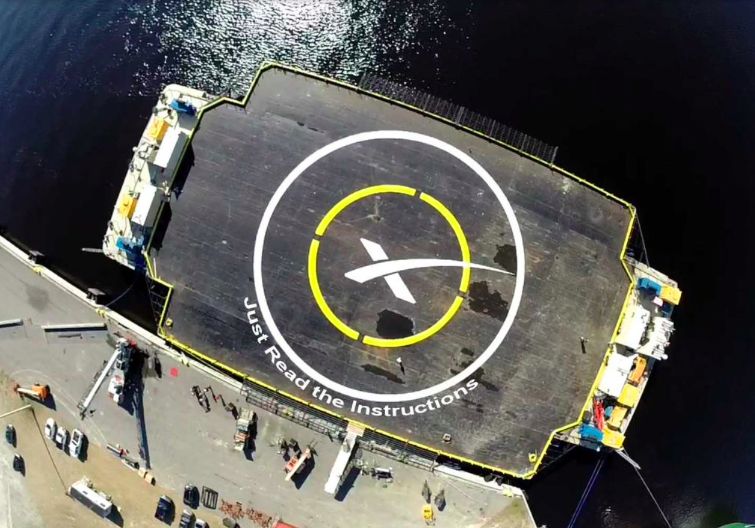
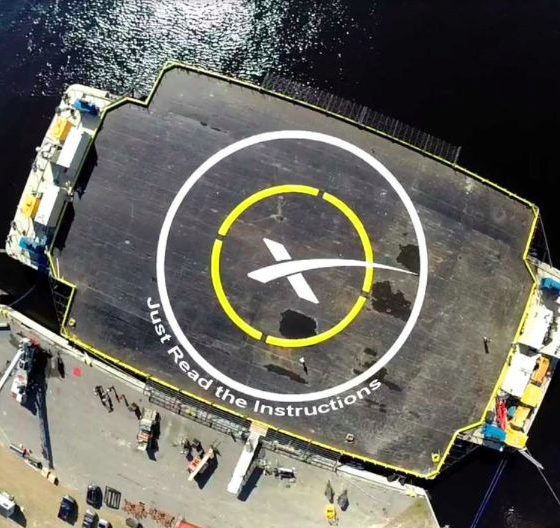
News
SpaceX to demonstrate weekly launch cadence: 3 launches in 14 days
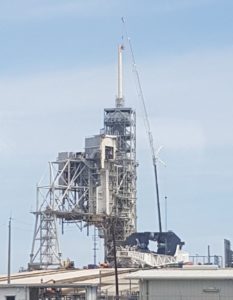
LC-39A undergoing repairs and tests after the launch of CRS-11. (/r/SpaceX)
SpaceX is in the process of preparing to launch BulgariaSat-1, with the first attempt scheduled for Saturday, June 17th between 2:10 p.m and 4:10 p.m. EST. BulgariaSat-1 will be Bulgaria’s second satellite ever and will act as a telecommunications hub in geostationary orbit, around 30,000 miles above Earth.
Following a highly successful launch and docking of the eleventh cargo mission of its Dragon spacecraft, Launch Complex 39A has since undergone routine checks to verify its condition and has likely been lightly repaired. The static fire for the upcoming mission is scheduled as early as tomorrow. Both the static fire and launch were pushed back two days due to a 48 hour delay of the CRS-11 launch.
The launch of BulgariaSat-1 is already exceptional for several reasons. First and foremost, the Falcon 9 first stage to be used in the upcoming mission has already flown once before, assisting in the successful launch of Iridium’s first ten NEXT satellites in early January of this year. It will thus mark the second time SpaceX has truly reused a Falcon 9 first stage. There has even been a bit of circumstantial evidence that the choice to launch on a recovered F9 resulted in BulgariaSat-1 being moved ahead of Intelsat 35e, which is now scheduled for no earlier than July 1st. Regardless, another successful reuse will be a boon for a SpaceX in the throes of an unprecedentedly busy year of launches by once again demonstrating the viability of their program of reuse and thus hopefully swaying more customers to take the leap to reused rocket cores.
The second reason, as touched on above, is that BulgariaSat-1 will mark the beginning of a two week period in which SpaceX could potentially conduct three separate launches, two at Cape Canaveral and one at Vandenberg Air Force Base. If successful, this would demonstrate weekly single-vehicle launch cadence, something that has not been seen in the launch industry in quite some time. This weekly cadence, if successful, will demonstrate a maturing company that is truly preparing for extraordinary launch cadence. By using two pads, one in California and one in Florida, SpaceX will still be able to provide two weeks between launches in order to prepare each launch site for the next launch, while effectively launching once a week. While Vandenberg Air Force Base can only support polar orbit launches, LC-40 is currently deep into the process of being repaired and reactivated following the failure of a Falcon 9 late last year.
With LC-40 preparing for reactivation sometime in August or September, SpaceX will find themselves at long last with two viable all-purpose launch pads in very close proximity to each other. By staggering launches on each pad and continuing to maintain the two week pad turnaround time after launches, SpaceX could theoretically begin to sustain regular weekly launches as few as three months from now. A successful weekly cadence this month could reinforce that such a sequence of events is a possibility.
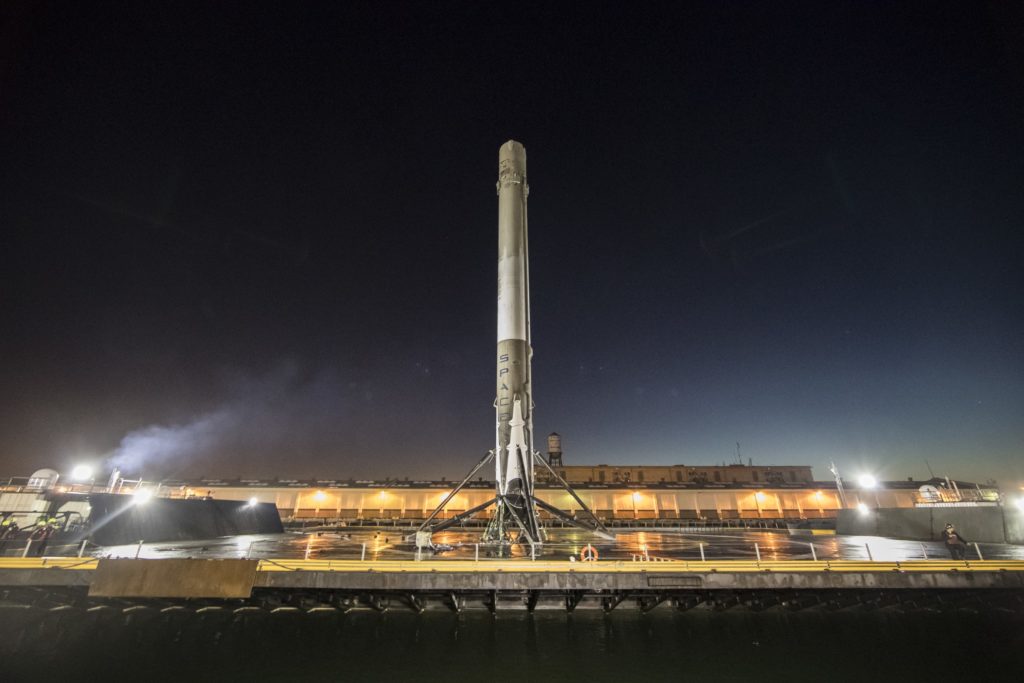
Iridium NEXT 1’s Falcon 9 first stage after recovery in the Pacific Ocean. (SpaceX)
SpaceX has long been working to rapidly increase its ability to launch frequently, and this year has been an exceptional example of several pieces fitting together. The company has begun to use an automated flight termination system, which will allow them to rely less upon the availability of Cape Canaveral’s Range Officers while crafting their manifest and launch schedules. Normally, the flight termination system in rockets is monitored by an actual team of people who have barely a few seconds to decide if rocket telemetry is less than nominal and prevent what is effectively a large missile from impacting populated areas. SpaceX has replaced this with an arguably much safer approach dependent upon their mature autonomous avionics systems, simply meaning that computers on board their rockets and spacecraft automatically analyze telemetry and control vehicle performance and guidance. SpaceX has been testing this system in a way that is almost identical to Tesla’s method of installing inert autonomy software that can learn without actually controlling the vehicle, and it is consequently only now being implemented after SpaceX and the Air Force have a high degree of confidence that it will outperform its human colleagues.
The ultimate goal of this automated flight termination system (AFTS), as well as many other significant changes to both the hardware of pads and vehicles, is to eventually allow SpaceX to accomplish Elon Musk’s long fabled and oft-ridiculed goal of 24-hour reusability, and thus 24-hour launch cadence. SpaceX and the USAF have both stated that AFTS alone will likely allow Cape Canaveral to support up to 48 launches a year. While shared between ULA and SpaceX, even 36 launches a year would effectively leave SpaceX with a shrinking launch manifest and significantly increased revenue and profit. This would speculatively allow them to more rapidly develop their pursuits of Mars, a vast constellation of broadband satellites, and more.
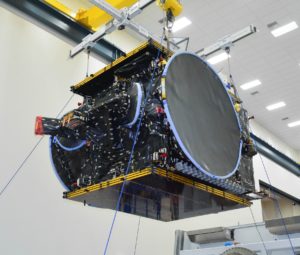
BulgariaSat-1 being prepared for launch. (SSL)
Nevertheless, this is all of course speculation and dependent upon many things going well. If SpaceX is able to successfully launch BulgariaSat-1 on June 17th, Iridium NEXT 2 on the 25th, and Intelsat 35e on July 1st, they will have successfully demonstrated the ability to support a weekly launch cadence and will have to do little more than wait for the availability of a second East coast pad to begin to take full advantage of it.
With ten launches scheduled between now and October and ten more launches scheduled between October and the end of December, it is guaranteed to be one incredible year for SpaceX and their fans.
News
Nvidia CEO Jensen Huang regrets not investing more in Elon Musk’s xAI
The CEO stated that Nvidia is already an investor in xAI, but he wished he had given the artificial intelligence startup more money.
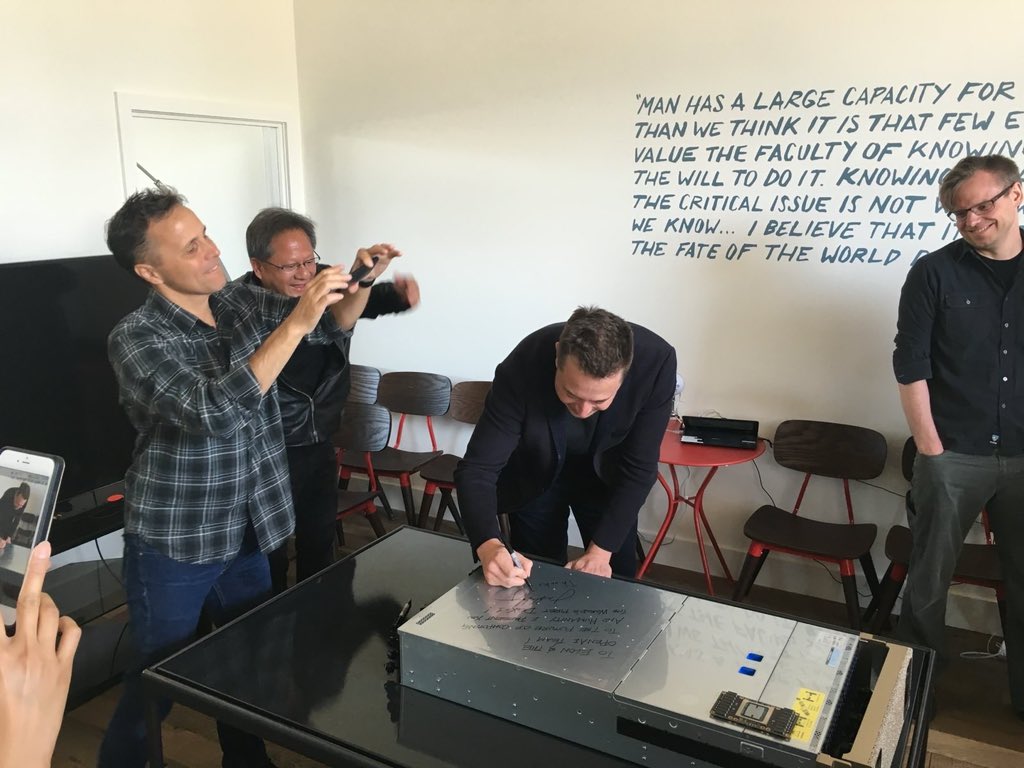
Nvidia CEO Jensen Huang revealed that one of his investment regrets is not putting more money into Elon Musk’s artificial intelligence startup, xAI.
Speaking in a CNBC interview, Huang said Nvidia is already an investor in xAI but wished he had given the artificial intelligence startup more money. This was due to Musk’s record of building transformative companies such as Tesla and SpaceX.
A new wave of transformative AI firms
Huang said he’s very excited about xAI’s latest financing round. He described Musk’s company as part of a powerful new generation of AI developers, alongside OpenAI and Anthropic. that are reshaping the computing landscape.
“I’m super excited about the financing opportunity they’re doing. The only regret I have about xAI, we’re an investor already, is that I didn’t give him more money. You know almost everything that Elon’s pat of, you really want to be part of as well,” the Nvidia CEO stated.
The CEO also clarified Nvidia’s investment in xAI, revealing that Elon Musk had offered the investment opportunity to the chipmaker. “He (Musk) gave us the opportunity to invest in xAI. I’m just delighted by that,” Huang stated.
AI investment boom
Huang contrasted today’s AI-driven economy with the early days of the internet. “Back then, all the internet companies combined were maybe $30 or $40 billion in size,” he said. “If you look at the hyperscalers now, that’s about $2.5 trillion of business already operating today.”
He also stated that the ongoing shift from CPU-based computing to GPU-powered generative AI represents a “multi-trillion-dollar buildout” that Nvidia is looking to support. Huang added that every Nvidia engineer now works with AI coding assistants such as Cursor, which he called his “favorite enterprise AI service,” and it has led to a major productivity boost across the company.
Watch Nvidia CEO Jensen Huang’s CNBC interview in the video below.
Investor's Corner
Stifel raises Tesla price target by 9.8% over FSD, Robotaxi advancements
Stifel also maintained a “Buy” rating for the electric vehicle maker.
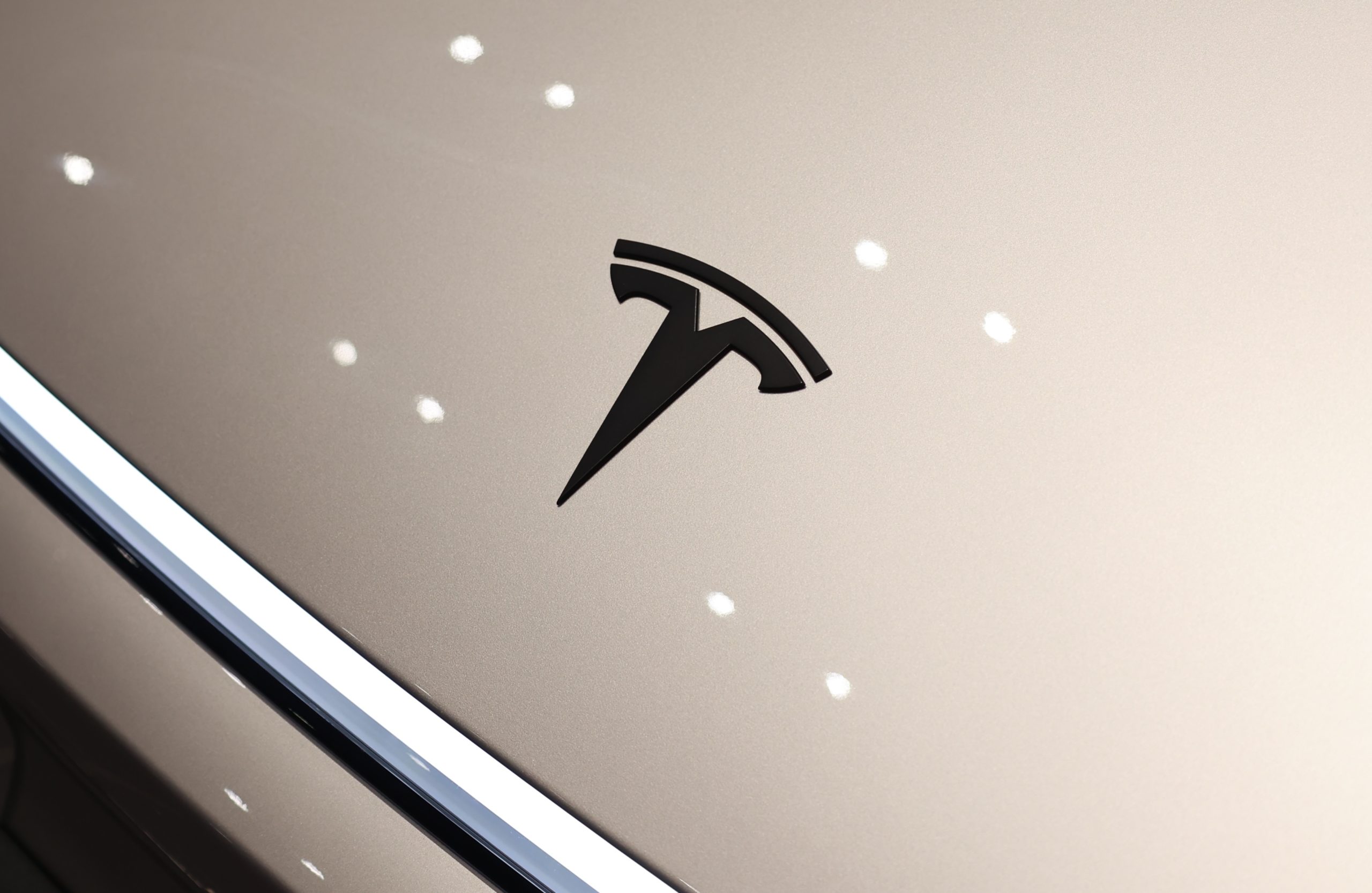
Investment firm Stifel has raised its price target for Tesla (NASDAQ:TSLA) shares to $483 from $440 over increased confidence in the company’s self-driving and Robotaxi programs. The new price target suggests an 11.5% upside from Tesla’s closing price on Tuesday.
Stifel also maintained a “Buy” rating despite acknowledging that Tesla’s timeline for fully unsupervised driving may be ambitious.
Building confidence
In a note to clients, Stifel stated that it believes “Tesla is making progress with modest advancements in its Robotaxi network and FSD,” as noted in a report from Investing.com. The firm expects unsupervised FSD to become available for personal use in the U.S. by the end of 2025, with a wider ride-hailing rollout potentially covering half of the U.S. population by year-end.
Stifel also noted that Tesla’s Robotaxi fleet could expand from “tiny to gigantic” within a short time frame, possibly making a material financial impact to the company by late 2026. The firm views Tesla’s vision-based approach to autonomy as central to this long-term growth, suggesting that continued advancements could unlock new revenue streams across both consumer and mobility sectors.
Tesla’s FSD goals still ambitious
While Stifel’s tone remains optimistic, the firm’s analysts acknowledged that Tesla’s aggressive autonomy timeline may face execution challenges. The note described the 2025 unsupervised FSD target as “a stretch,” though still achievable in the medium term.
“We believe Tesla is making progress with modest advancements in its Robotaxi network and FSD. The company has high expectations for its camera-based approach including; 1) Unsupervised FSD to be available for personal use in the United States by year-end 2025, which appears to be a stretch but seems more likely in the medium term; 2) that it will ‘probably have ride hailing in probably half of the populations of the U.S. by the end of the year’,” the firm noted.
News
Tesla Cybertruck’s Full Self-Driving update is ‘coming soon’
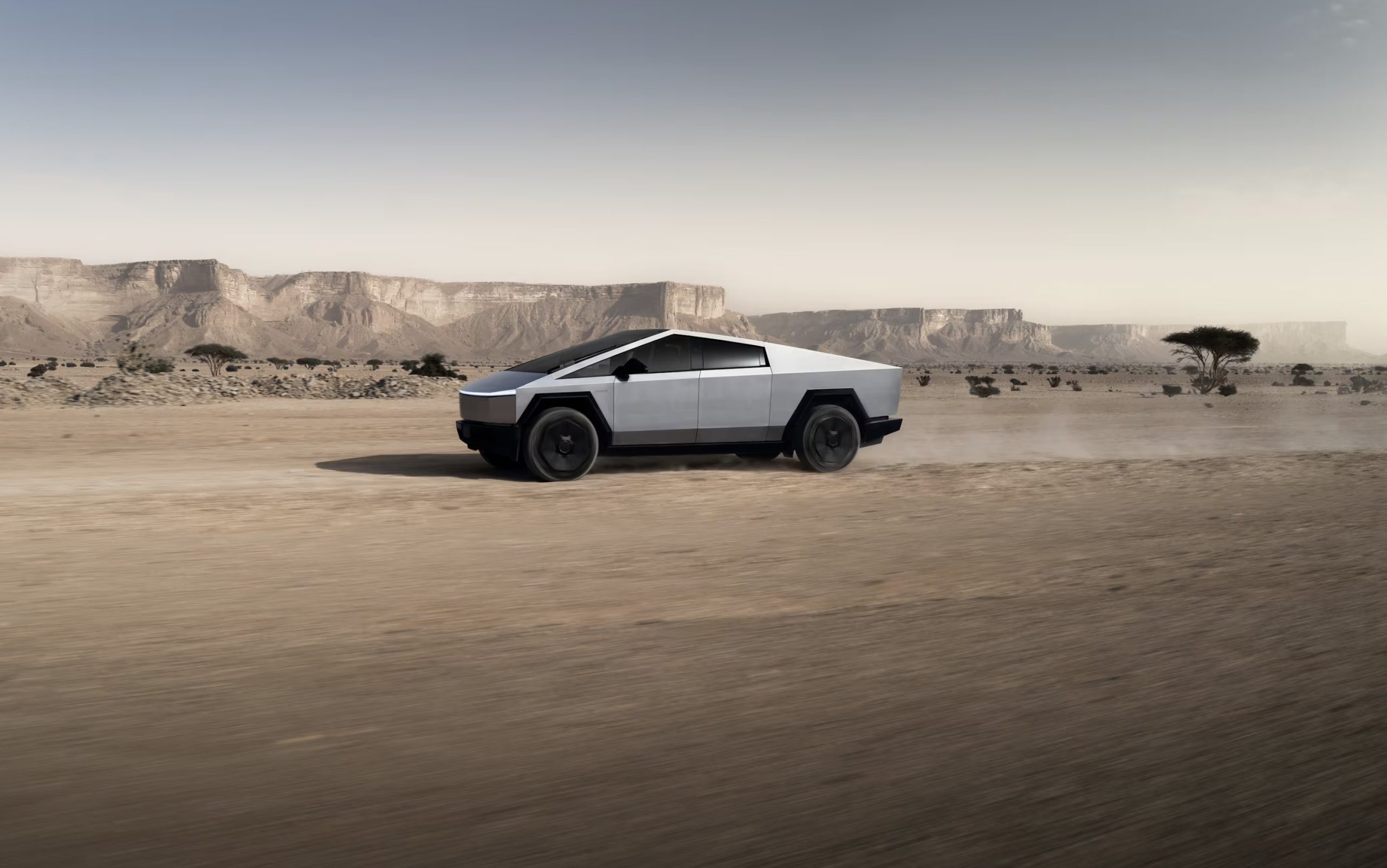
Tesla Cybertruck owners are wondering when they will get access to the company’s Full Self-Driving version 14.1 that rolled out to other owners today for the first time.
Cybertruck owners typically receive Full Self-Driving updates slightly later than other drivers, as the process for the all-electric pickup is different. It is a larger vehicle that requires some additional attention from Tesla before FSD versions are rolled out, so they will be slightly delayed. CEO Elon Musk said the all-wheel steering technically requires a bit more attention before rollout as well.
The all-wheel steering of Cybertruck requires a bit more Autopilot training
— Elon Musk (@elonmusk) October 7, 2025
After some owners got access to the v14.1 Full Self-Driving suite this morning, Cybertruck owners sought out a potential timeframe for when they would be able to experience things for themselves.
Tesla owners show off improvements with new Full Self-Driving v14 rollout
They were able to get an answer from Ashok Elluswamy, Tesla’s Head of AI, who said:
“We got you. Coming soon.”
We got you. Coming soon.
— Ashok Elluswamy (@aelluswamy) October 7, 2025
The release of FSD v14.1 for Cybertruck will not be tempered, either. Elluswamy then confirmed that Tesla would be rolling out the full-featured FSD v14 for the pickup, meaning it would be able to reverse and park itself, among other features.
Elluswamy said it would be capable of these features, which were void in other FSD releases for Cybertruck in the past.
Tesla’s rollout of FSD v14.1 brings several extremely notable changes and improvements to the suite, including more refined operation in parking garages, a new ability to choose parking preferences upon arriving at your destination, a new driving mode called “Sloth,” which is even more reserved than “Chill,” and general operational improvements.
Those who were lucky enough to receive the suite have already started showing off the improvements, and they definitely seem to be a step up from what v13’s more recent versions were capable of.
CEO Elon Musk called v14 “sentient” a few weeks back, and it seems that it is moving toward that. However, he did state that additional releases with more capabilities would be available in the coming weeks, but many owners are still waiting for this first version.
-

 Elon Musk2 weeks ago
Elon Musk2 weeks agoTesla FSD V14 set for early wide release next week: Elon Musk
-
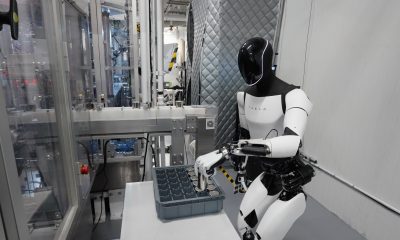
 News2 weeks ago
News2 weeks agoElon Musk gives update on Tesla Optimus progress
-
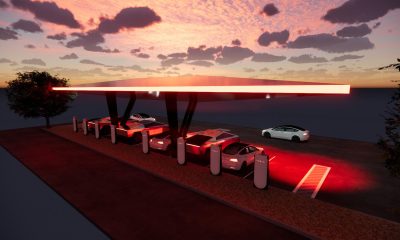
 News2 weeks ago
News2 weeks agoTesla has a new first with its Supercharger network
-
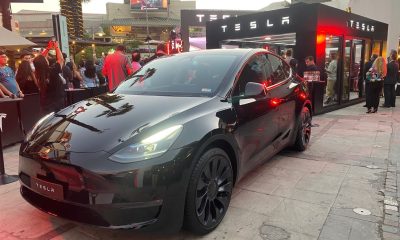
 News2 weeks ago
News2 weeks agoTesla job postings seem to show next surprise market entry
-
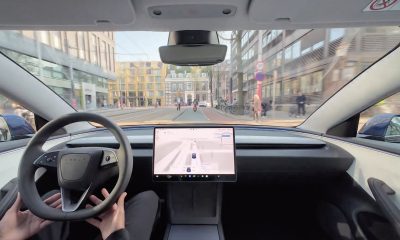
 Investor's Corner2 weeks ago
Investor's Corner2 weeks agoTesla gets new Street-high price target with high hopes for autonomy domination
-

 Lifestyle1 week ago
Lifestyle1 week ago500-mile test proves why Tesla Model Y still humiliates rivals in Europe
-
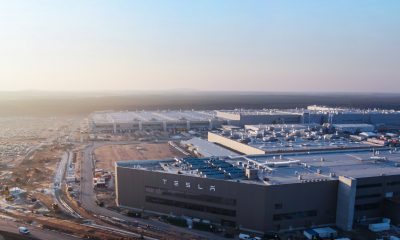
 News1 week ago
News1 week agoTesla Giga Berlin’s water consumption has achieved the unthinkable
-
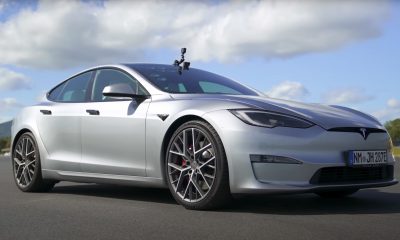
 Lifestyle1 week ago
Lifestyle1 week agoTesla Model S Plaid battles China’s 1500 hp monster Nurburgring monster, with surprising results


